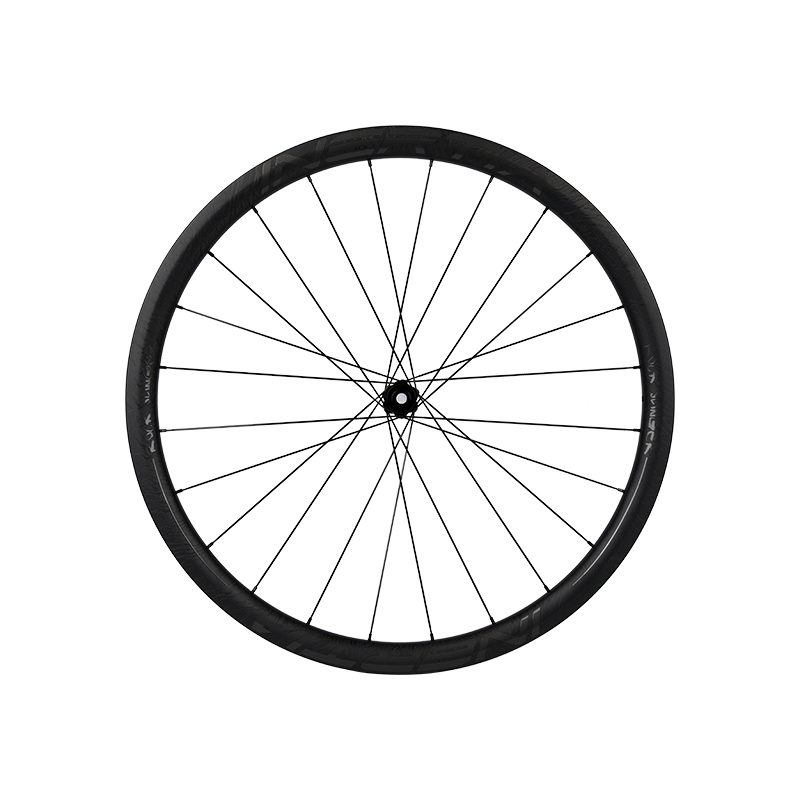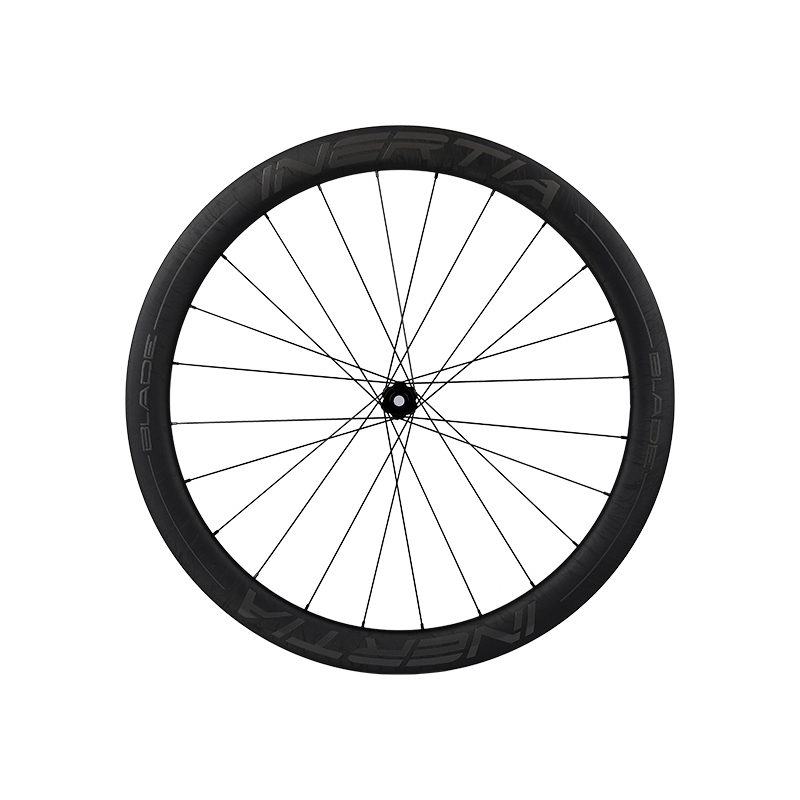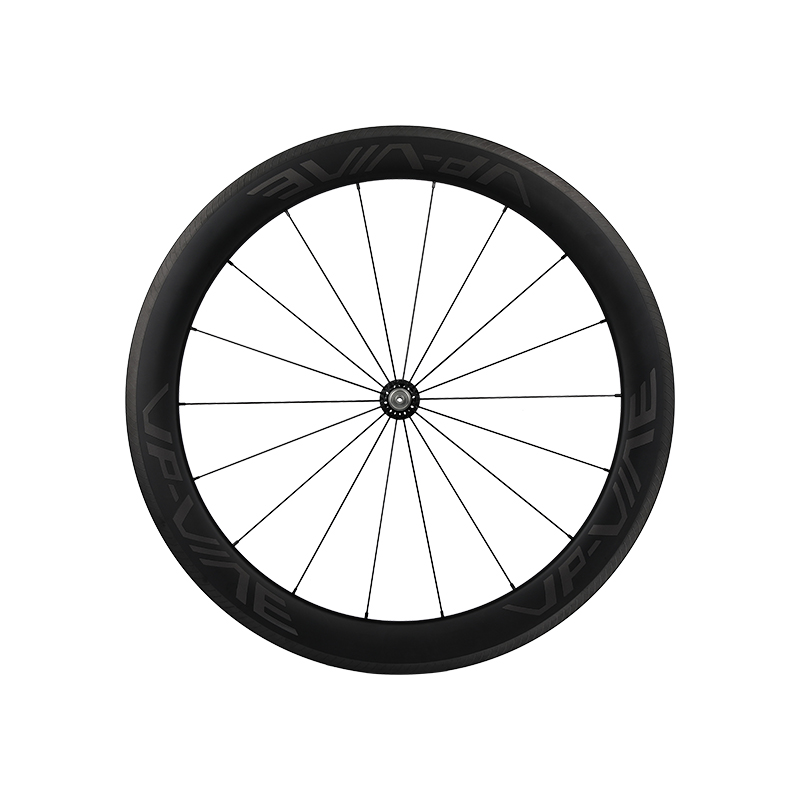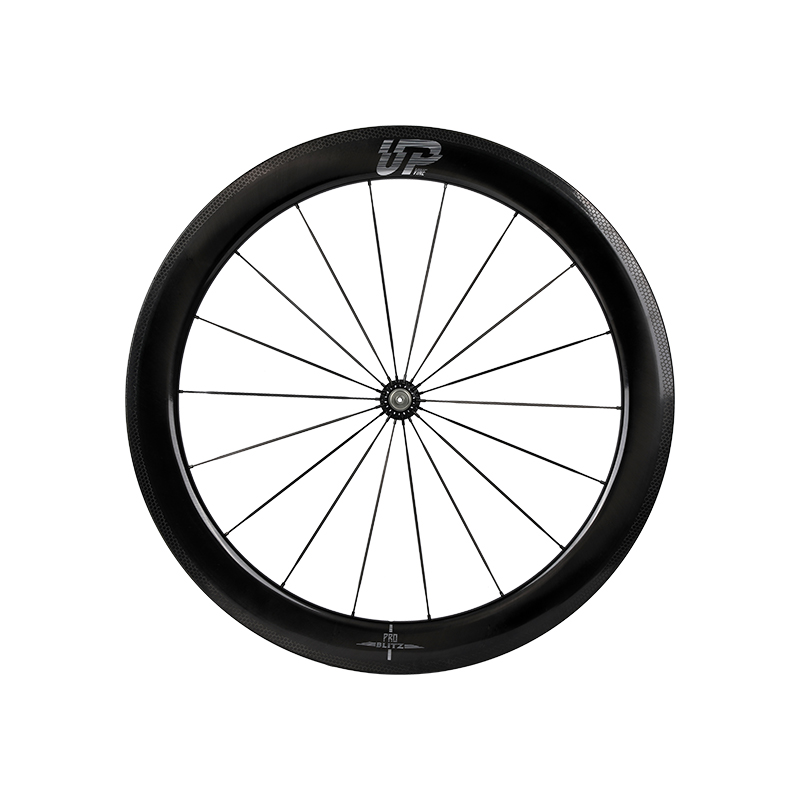In the bicycle maintenance, few tasks are as essential yet often overlooked as the care and maintenance of your wheel spokes. These slender, sturdy components are the unsung heroes of your ride, providing structural integrity, load distribution, and shock absorption. Whether you're a casual rider or a seasoned cyclist, understanding the tools required for spoke replacement and adjustment is crucial for keeping your wheels rolling smoothly.
1. Spoke Wrench: The cornerstone of any wheel maintenance toolkit, the spoke wrench is indispensable for turning the spoke nipples. These small nuts, located at the rim of the wheel, dictate the tension of each spoke. Bicycle Wheel Spoke wrenches come in various sizes to fit different nipple sizes, ensuring a snug and secure fit during adjustment.
2. Truing Stand: While not a strict necessity, investing in a truing stand can elevate your wheel maintenance game to new heights. These specialized stands provide a stable platform for your wheel, allowing it to spin freely while you identify areas in need of adjustment. With a truing stand, achieving perfect alignment and roundness becomes a breeze.

3. Spoke Tension Meter: For the discerning cyclist who demands precision in their wheel tuning, a spoke tension meter is a valuable addition to the toolkit. This device measures the tension of each spoke, ensuring uniformity across the wheel. By identifying overly loose or tight spokes, you can prevent premature wheel failure and optimize performance.
4. Spoke Holder: When replacing or adjusting spokes, a spoke holder can be a lifesaver. Also known as a "spoke wrench helper" or "third hand," this tool holds the spoke in place while you turn the nipple, preventing it from twisting or rotating unexpectedly. Especially useful for wheels with a high spoke count or complex lacing patterns, a spoke holder streamlines the maintenance process.
5. Rim Tape and Lubricant: When embarking on spoke replacement, it's essential to have the right ancillary tools on hand. Rim tape, used to cover the spoke holes in the rim, protects the inner tube from punctures and abrasions. Additionally, a lubricant can ease the threading of new spokes into the nipples, reducing friction and minimizing the risk of damage.
6. Screwdriver or Awl: For stubborn or corroded Bicycle Wheel Spokes that refuse to budge, a trusty screwdriver or awl can be a game-changer. These versatile tools provide the leverage and finesse needed to remove old spokes safely, ensuring a smooth transition to the replacement process.
7. Optional Extras: Depending on the complexity of the task at hand, additional tools may prove beneficial. A spoke threader enables you to create custom-length spokes tailored to your specific wheel dimensions, while a spoke thread lubricant facilitates smooth threading and prevents galling. For comprehensive wheel maintenance, consider investing in a degreaser to clean and refresh your wheel components, ensuring peak performance mile after mile.



 Español
Español













